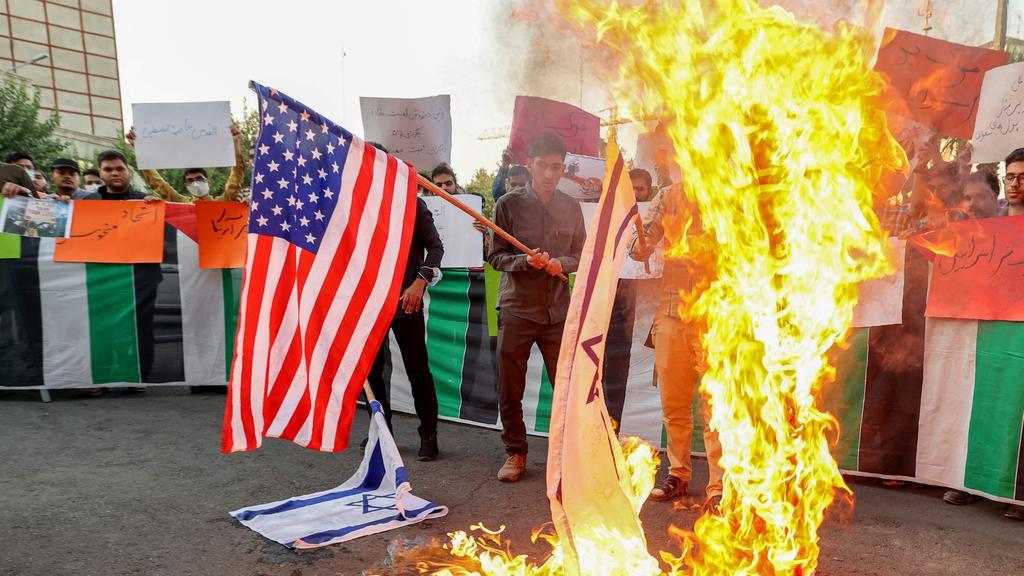
This article is more than
1 year old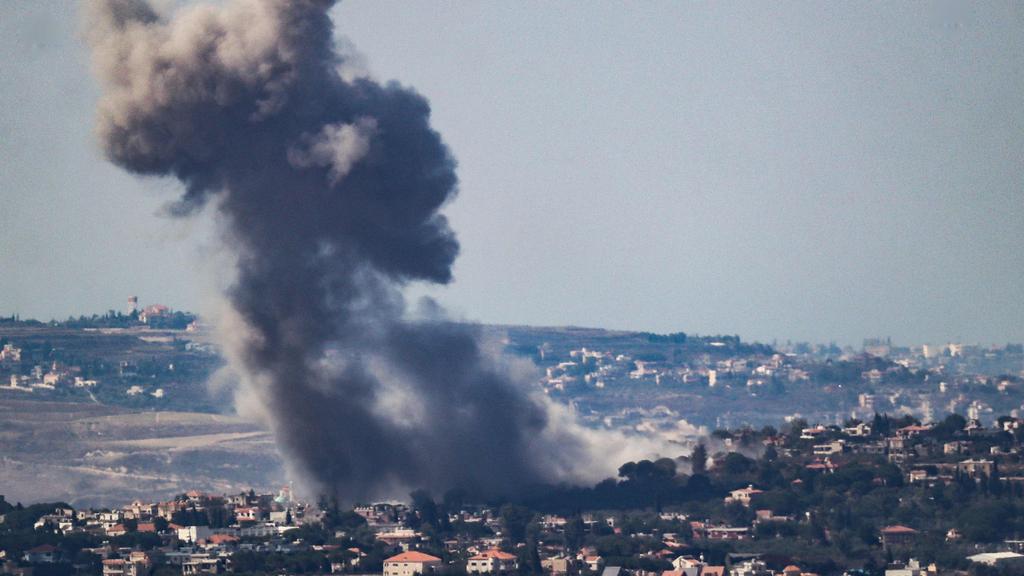
The devastating air strike that killed Hezbollah leader Hassan Nasrallah was the result of a years-long operation by Israeli intelligence that penetrated the terror leader’s entire network — allowing him to be tracked to his underground command centre in Beirut.
The Israeli military then used 80 tons of specially designed bunker-busting bombs to blast through the heavily fortified hide-out on Friday and kill the slippery Nasrallah — who has survived multiple previous attempts to assassinate him, The NY Post reports.
Nasrallah’s death was exactly what Israel had been hoping for when it launched a bombing campaign that day, the Financial Times (FT) reports.

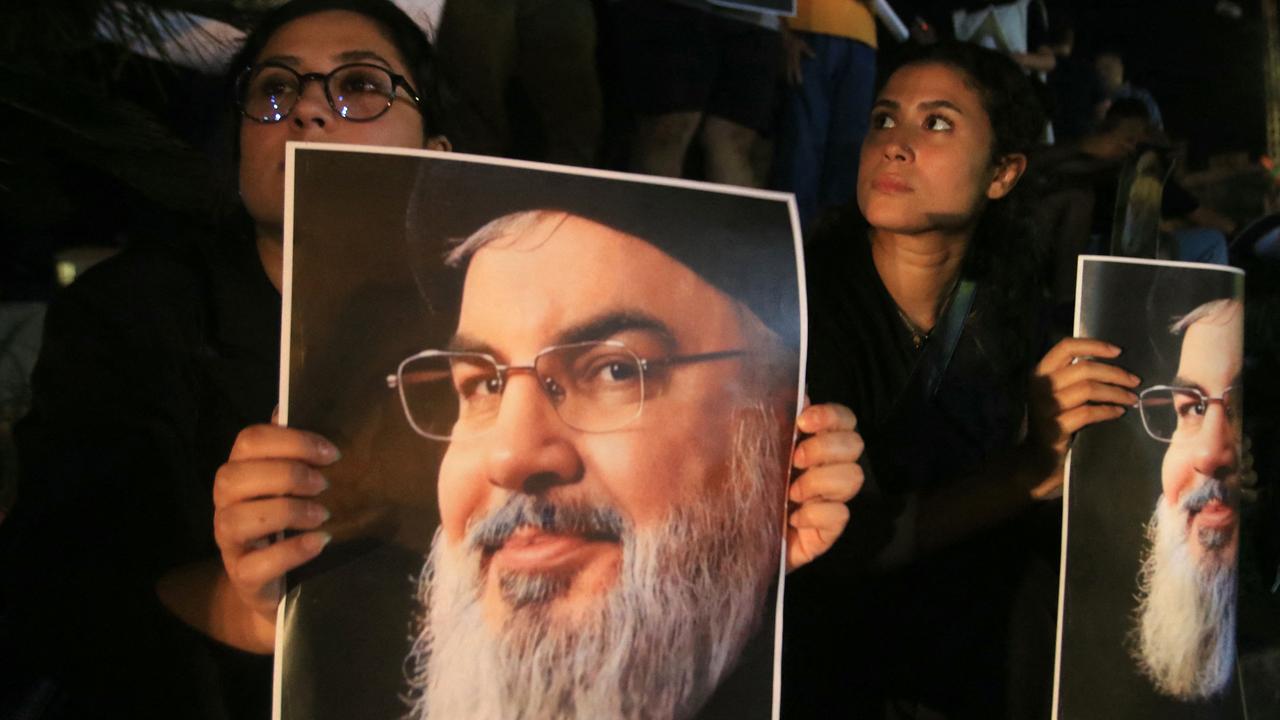
Unbeknown to Nasrallah, Israeli intelligence was well aware of the movements of Hezbollah’s leadership following years of hacking and surveillance work on the Lebanese terror group — which is one of the largest and best armed militias in the world.
After failing to kill Nasrallah multiple times during the 2006 war, Israel’s Military Intelligence Directorate (Aman) devoted itself to penetrating Hezbollah. The Jewish state got its big break in 2012 when the militant group deployed its fighters to Syria to help ally President Bashar al-Assad quell an uprising.
Former Israeli intelligence officials and Lebanese politicians told the FT that the battle in Syria unearthed a trove of information from the otherwise secretive terror group, with Hezbollah constantly publishing information on its slain fighters that revealed their personal information.
“They went from being highly disciplined and purists to someone who [when defending Assad] let in a lot more people than they should have,” Yezid Sayigh, a senior fellow at the Carnegie Middle East Center, told the outlet.
“The complacency and arrogance was accompanied by a shift in its membership — they started to become flabby.”
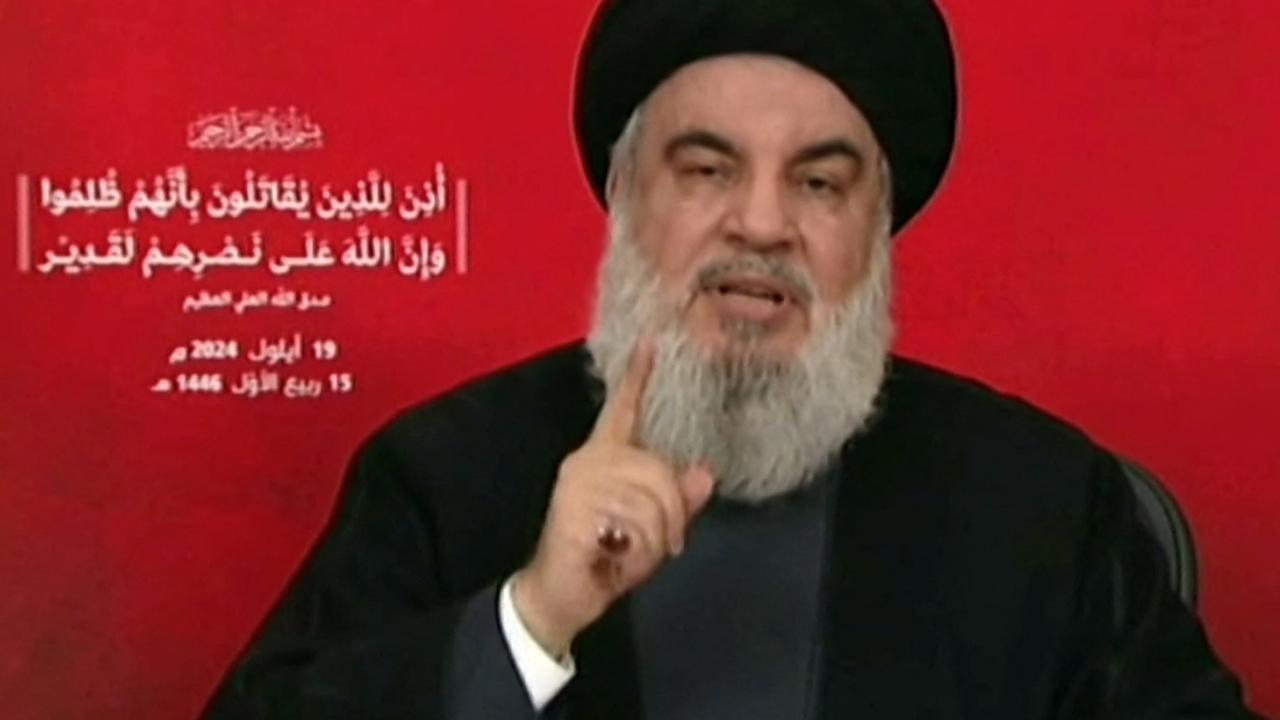

The new data allowed Israel to compile extensive profiles on Hezbollah’s operatives, including the top chiefs who would attend the funerals of the slain fighters.
Narrowing its targets, the Jewish state then began hacking into the terror group’s communication devices, with spies able to track down the exact movements of Hezbollah’s operatives — sometimes through their wives’ cell phones.
Israel’s spies also tracked Hezbollah leaders’ movements by hacking surveillance cameras in Lebanon, and even reading their cars’ odometers.
As a result, Israel learned that whenever the routines of the terror group deviated, an attack was imminent, Israeli officials told the FT.
That very thing occurred on Friday as Israel bombarded Beirut, with officials learning that Nasrallah was en route to his “command and control” bunker.
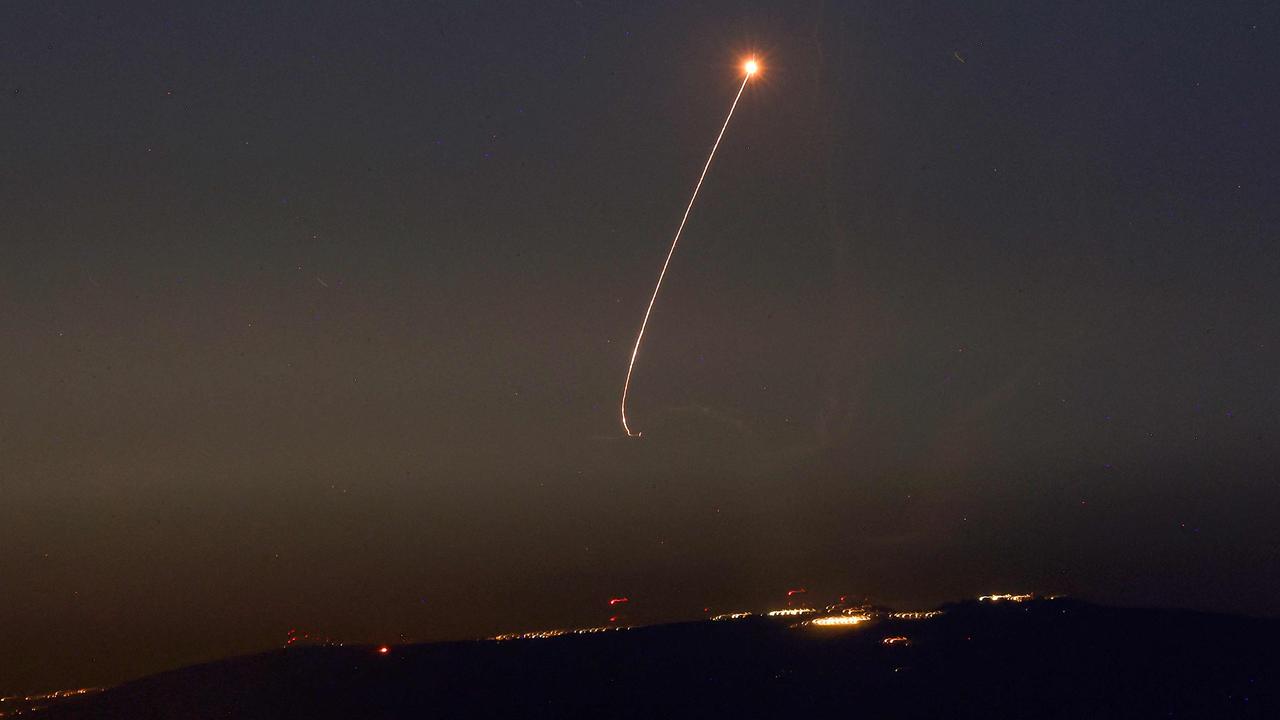
Israeli Prime Minister Benjamin Netanyahu was in New York for his speech at the United Nations when he green-lit the decision to drop Israel’s ideal weapon to take out Nasrallah.
The Jewish state had been planning the attack for months as it developed bombs outfitted with timed explosions that would dig through the earth, allowing the next bomb to reach further down, the Wall Street Journal reports.
Unlike the US, which has heavy bombers and massive 30,000-pound Massive Ordnance Penetrator bombs for destroying bunkers deep underground, the Israeli military has only fighter jets — limiting the size of ordnance warplanes can carry.
The Israeli bombardment successfully reached Nasrallah’s hide-out 60 feet underground.
While Hezbollah did not say how Nasrallah died, Lebanese medical and security sources told Reuters that the terror leader had no direct wounds and likely died from the blunt trauma of the blast after his body was recovered intact on Sunday.

The attack was one of the largest Beirut had ever seen, levelling six buildings as it shook the area located near the terrorist headquarters.
One of the buildings shaken by the blast was a United Nation’s school located about 173 feet away from the building Nasrallah was located in.
The Israel Defense Forces likened the situation to Hamas’ tactic of hiding in residential locations to use civilians as human shields.
Netanyahu touted Nasrallah’s death as a “historic turning point” amid the ongoing escalation in conflict between Israel and Hezbollah that threatens all-out war in the region.
“Nasrallah was not just another terrorist, he was the terrorist,” Netanyahu said.
“As long as Nasrallah was alive, he would have quickly rebuilt the capabilities we took from Hezbollah.”
This article originally appeared in The NY Post and was reproduced with permission.